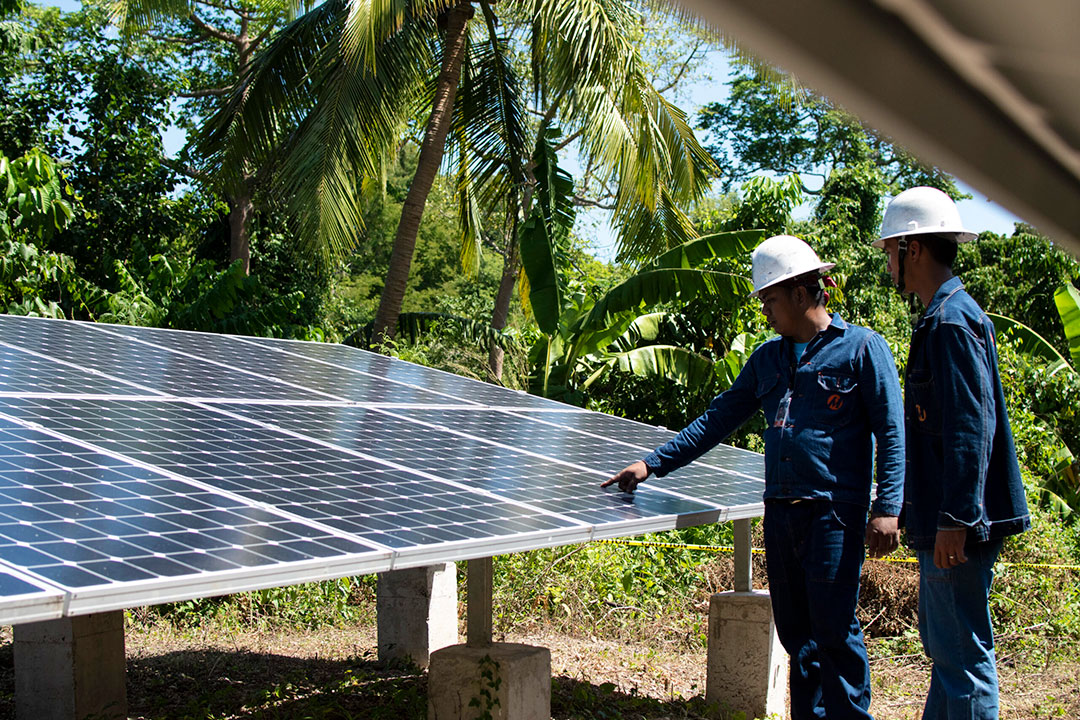Second round of microgrid auctions expected in
By Sheldeen Joy Talavera – July 14, 2024 | 8:31 pm
from Business World

THE Department of Energy (DoE) said it will conduct the second round of auctions for microgrid system providers (MGSP) in September.
The second round involves the electrification of 41 sites, on which 75 unserved and underserved areas have been identified, the DoE said in a statement over the weekend.
The identified areas encompass 12,212 households, and were part of the service areas previously offered to bidders during the first round in November.
“These areas are viable for MGSP given their high demand, and most of the households are not widely dispersed,” the DoE said.
The DoE will invite interested parties in the first week of August, with submissions of expressions of interest and pre-qualification scheduled for the fourth week of August.
The submission and opening of technical and financial bid proposals is set in the fourth week of September. The DoE will issue the notice of award in the first week of December.
Under Republic Act No. 11646, or the Microgrid Systems Act of 2022, the DoE is required to conduct a competitive selection process for potential concessionaires seeking to serve off-grid areas.
“It likewise provides a 90-day timeline to complete the conduct of the CSP from the pre-qualification until the submission of the awarded contract to the Energy Regulatory Commission,” the DoE said.
There were nine prequalified bidders in the first round but only the Maharlika Consortium submitted complete bid proposals.
The Maharlika Consortium is composed of Maharlika Clean Power Holdings Corp., Singapore-based CleanGrid Partners Pte. Ltd., and WEnergy Global Pte. Ltd.
As the winning bidder, the consortium will provide 24/7 electricity services to the areas it won through a hybrid microgrid system consisting of a solar photovoltaic, an energy storage system, and a diesel genset.
The 2023-2032 National Total Electrification Roadmap has identified 407 areas, of which 285 are unserved, comprising 20,103 households. Some 122 are underserved with around 20,207 households.
“These far-flung or remote areas have the presence of economic activities that require much-needed electricity services,” the department said.



